- Write by:
-
Wednesday, August 19, 2020 - 1:18:33 PM
-
851 Visit
-
Print
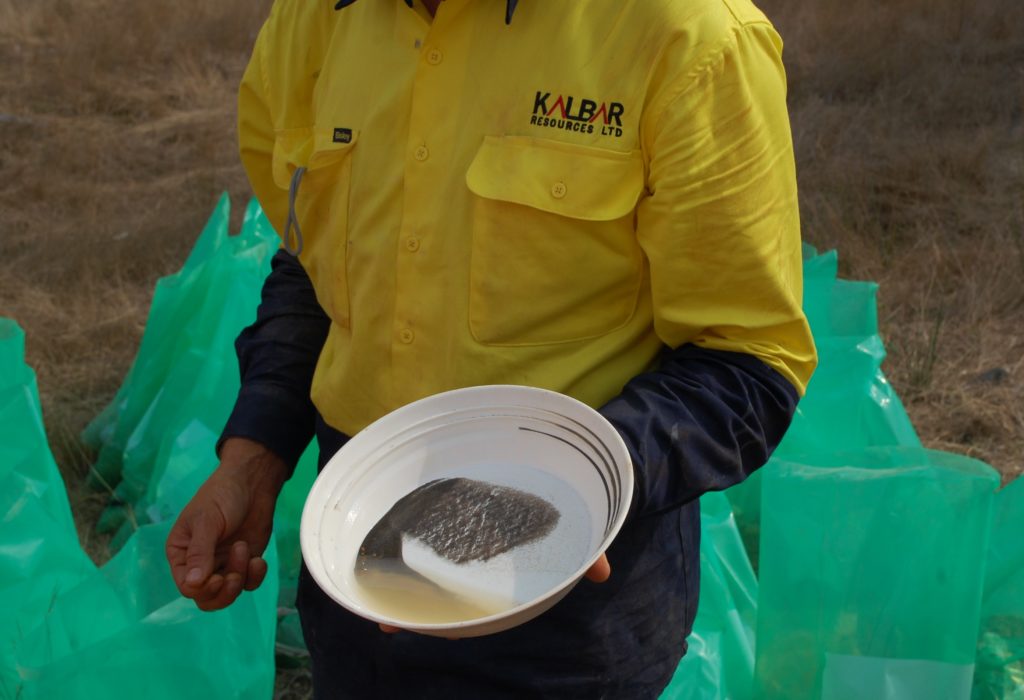
Mining News Pro - Kalbar Operations is on the verge of making mineral sands the next frontier of mining in Victoria with the Fingerboards project in the East Gippsland region.
Conversations about the future of Victoria’s mining sector often revolve around one commodity: gold.
While gold mining is certainly a hot topic in terms of the state’s prospects, there are other minerals that keen-eyed explorers have locked onto.
Kalbar Operations is one of the state’s mining hopefuls that is aiming to open a new chapter in Victorian mineral sands mining.
The company’s Fingerboards project, which is currently seeking government approval, has the potential to become a major supplier of mineral sands for the state.
Fingerboards is situated within the Glenaladale deposit, located 20 kilometres northwest of Bairnsdale in East Gippsland. It is considered one of the most valuable mineral sands deposits, globally.
The Glenaladale deposit, discovered by Rio Tinto in 2004, was the first significant mineral sands discovery in East Gippsland.
Kalbar purchased the tenements from Rio Tinto in 2013 and has been advancing the site towards production ever since.
The company proposes to extract 170 million tonnes of ore from the Fingerboards project to produce an estimated 8 million tonnes of heavy mineral concentrate during the project’s 15-20 years of operation. The Fingerboards project is just a small part of the much larger Glenaladale deposit.
Not only will this provide jobs for Victorians, but it will help advance Australia’s position as a major supplier of mineral sands.
Mineral sands are used in ceramics but are increasingly being used in new technologies such as electronic vehicles, wind power generators and mobile phones.
The Kalbar team has a large swathe of mining history and experience, with chief executive officer Jozsef Patarica previously developing successful projects such as Newcrest Mining’s Cadia gold mine in New South Wales and the Fosterville gold mine in Victoria.
Patarica also ran TiZir’s Grand Côte mineral sands operation in Senegal, West Africa, which is the largest mineral sands dredging operation worldwide.
“The Fingerboards project contains over 2 million tonnes of zircon at the highest inground grades in the world,” Patarica told Australian Mining.
“The project has the potential to supply about 10 per cent of the world’s zircon requirements over the 15-20 year life of the mine.”
Kalbar’s mineral sands resource is made up of zircon and titanium dioxide. It also features a number of rare earth minerals such as monazite and xenotime.
Rather than being held down by a single major product type, mineral sands are used in a variety of different products, such as toothpaste, tiles, medical equipment, wind power generators and cosmetics.
Patarica also anticipates that demand for rare earths minerals will continue to increase with the uptake of new technologies, such as electric vehicles and other developments in green energy.
“There’s already a strong demand for a lot of the rare earth elements that we have in our Fingerboards deposit and that will only increase over the period of time that this mine will be operating,” he said.
A major highlight for Patarica at Fingerboards has been reviewing Rio Tinto’s previous exploration data at the site, which have revealed that the resource is even more prospective than first thought.
“The most significant achievement has been the reinterpretation of Rio Tinto’s drilling results, and that led us to the Fingerboards project,” Patarica said.
“The Fingerboards project targets very high-grade mineralisation within the Glenaladale resource.”
With the quality of the deposit confirmed and equity financing now obtained, the project is fast becoming a reality. Local employment is also emerging as a significant benefit for the community.
“The project will directly employ about 200 people – that’s during construction and the ongoing operations as well,” Patarica said. “In addition, there’s expected to be another 200-300 full-time jobs created in the local community.
“Whilst we will directly employ people, there will be a number of indirect full-time jobs within the region.”
Iluka Resources’ Jacinth-Ambrosia (JA) mine in South Australia, which first began production in 2009, is currently the largest zircon operation in Australia.
For Patarica, the Fingerboards project could potentially carry the baton from the Jacinth-Ambrosia mine as Australia’s leading supplier of zircon.
He expects approvals for the project to be in place by early 2021 before operations commence mid-way through 2022, starting a new era in mineral sands for Victorian mining.
Short Link:
https://www.miningnews.ir/En/News/586630

Zimbabwe’s President Emmerson Mnangagwa has re-appointed Winston Chitando as the southern African nation’s mines ...
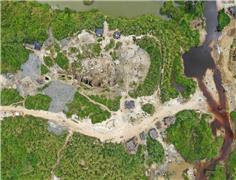
China’s Zhaojin Mining Industry said on Wednesday that its A$733 million ($477.8 million) offer to buy Australia’s ...
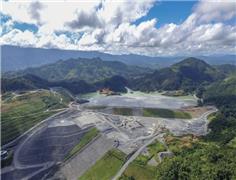
Toronto-listed miner OceanaGold Corp said on Wednesday it will raise 6.08 billion pesos ($106 million) through an ...
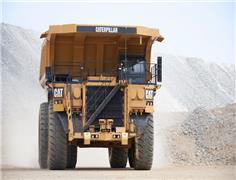
A new report by IDTechEx states that investing in e-haul trucks could result in major savings for miners due to the ...

Gold’s record-setting rally this year has puzzled market watchers as bullion has roared higher despite headwinds that ...
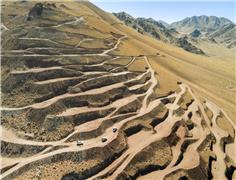
AbraSilver Resource said on Monday it has received investments from both Kinross Gold and Central Puerto, Argentina’s ...

Gold took a tumble as haven demand waned after geopolitical tensions eased in the Middle East.
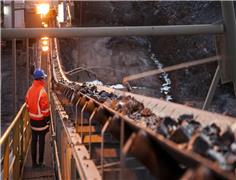
Copper traded near $10,000 a ton, hitting a new two-year high on its way, as investors continue to pile in on a bet that ...
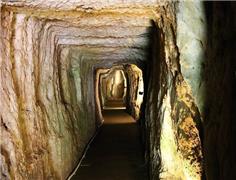
Adriatic Metals is taking over as the operator of the Rupice deposit development, which is part of the company’s Vares ...
No comments have been posted yet ...